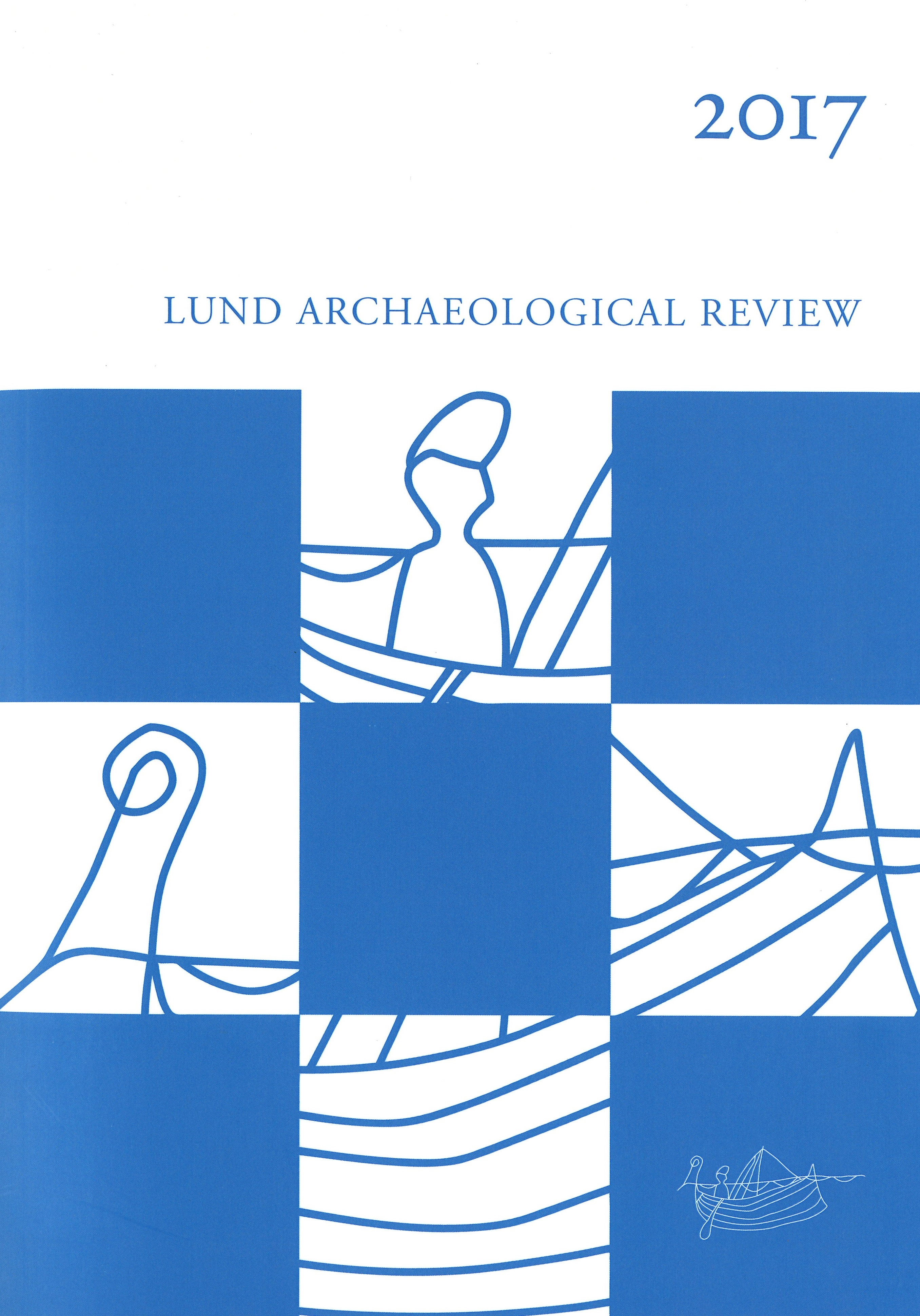Buried but Alive?
Interpreting Post-depositional Bone Movement, Anxieties over Death and Premature Burial
Abstract
The young, beautiful and wealthy widow Giertrud Birgitte Bodenhoff was buried in Assistens cemetery, Copenhagen on 23 July 1798 but was she dead? Family stories claimed she had been buried alive but was found by grave-robbers who then killed her to conceal their crime. Her skeleton was exhumed in 1953 and the unexpected position of it within the coffin was used to confirm the stories, which echo many similar narratives that betray anxieties over death and premature burial.
With advances in archaeological methods and forensic taphonomy, this conclusion requires reinterpretation. The burial environment is not static and the body and later the skeleton can move while undergoing the decay process. The position of the skeleton in burials excavated in the same cemetery from 2009–11 is used to review the Bodenhoff story. How does decomposition move the bones within a well-preserved coffin? Can some typical movements of bones in coffins be identified in Assistens to advance greater understanding of what happens underground in the coffin?


